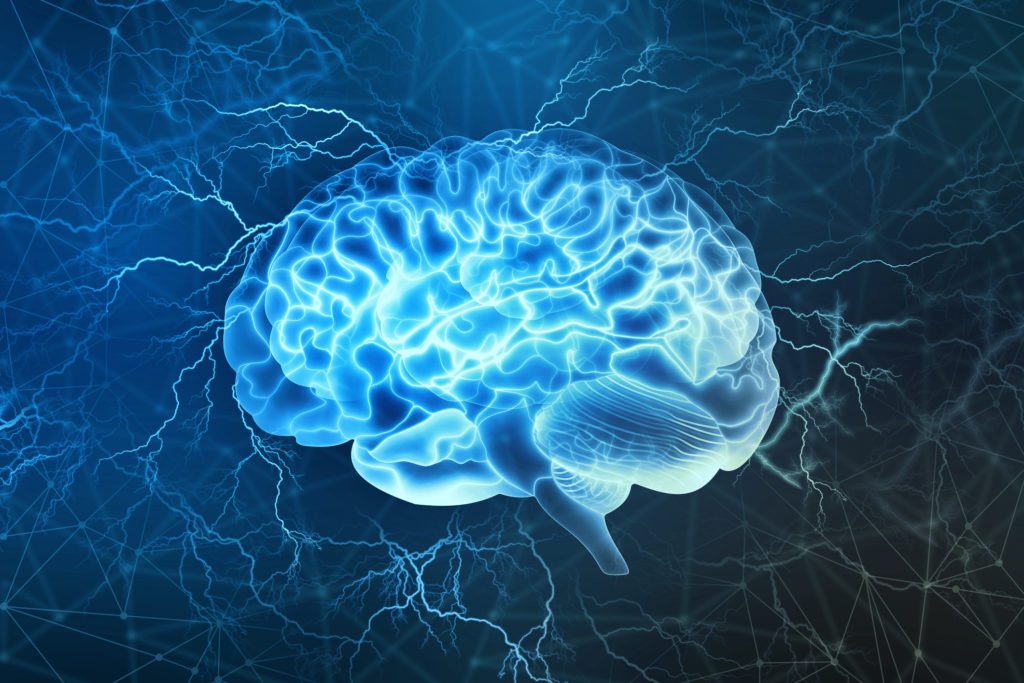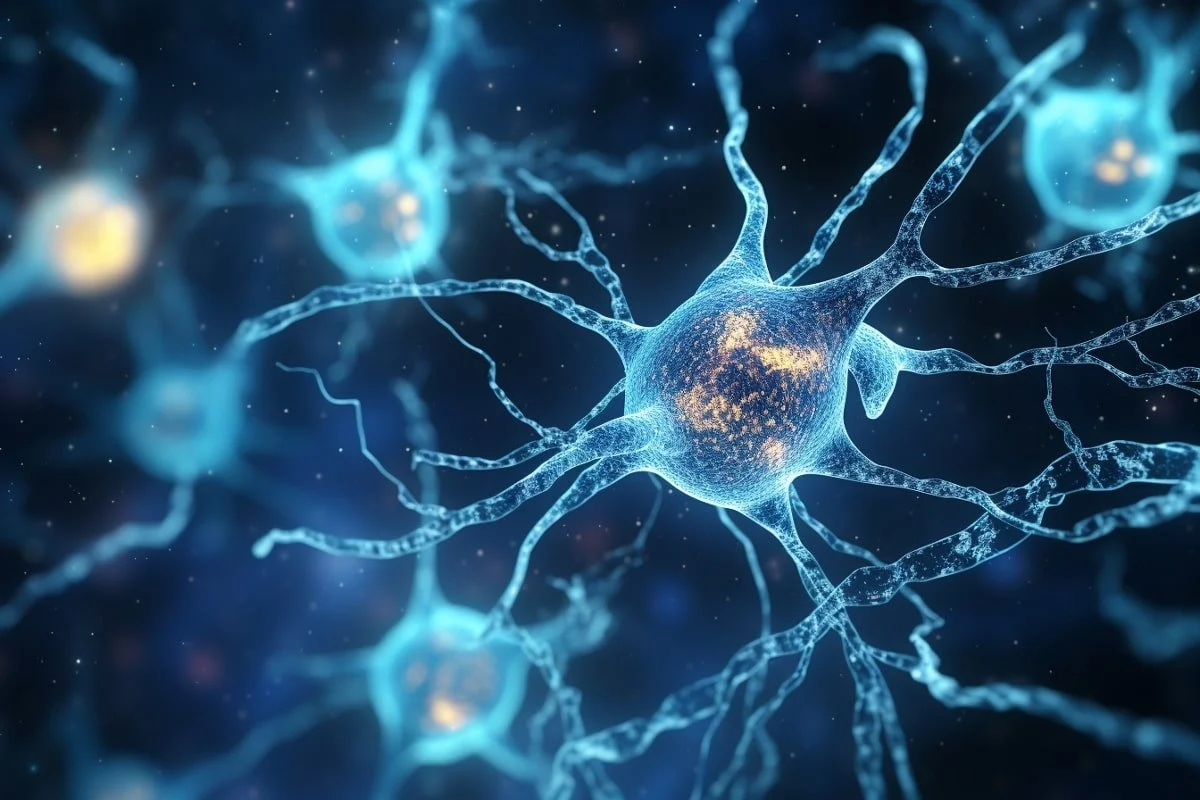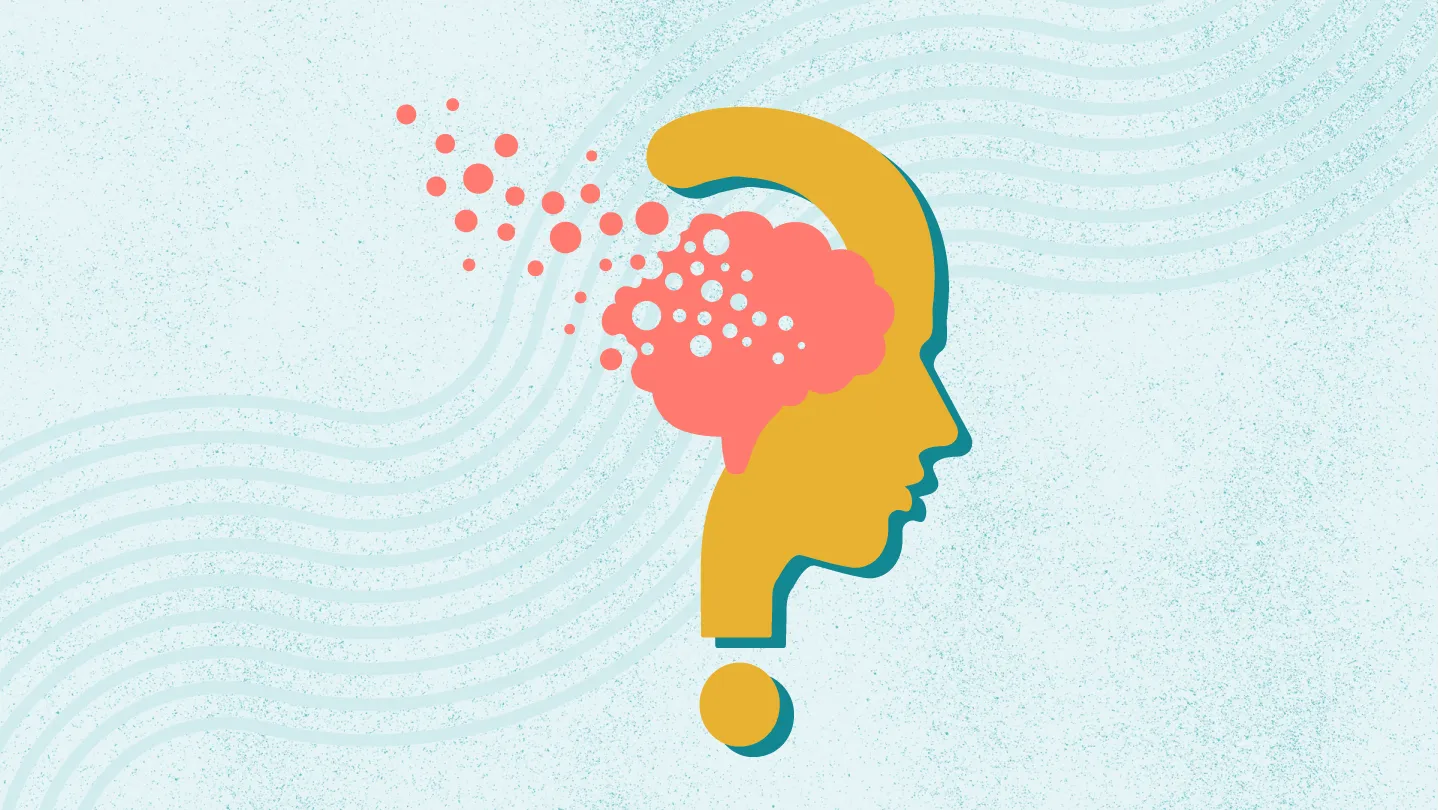Alzheimer’s disease affects approximately 24 million people worldwide, with one in 10 people older than 65 experiencing this progressive neurodegenerative condition. As the most common cause of dementia, Alzheimer’s disease slowly damages memory, thinking, learning, and organizing skills over time. Understanding the stages of Alzheimer’s disease is crucial for patients, families, and caregivers as it helps prepare for the journey ahead and enables better care planning.
The progression of Alzheimer’s disease follows a predictable pattern, though each person experiences it differently. The disease typically unfolds through three main stages: early (mild), middle (moderate), and late (severe), with some medical professionals using a more detailed seven-stage classification system. These stages are characterized by the accumulation of malformed protein deposits in the brain, specifically amyloid plaques and neurofibrillary tangles, which gradually destroy brain cells and disrupt normal functioning.
What makes Alzheimer’s particularly challenging is its slow, insidious progression. Changes in the brain begin years before any visible symptoms appear, during what experts call the preclinical stage. This can last for years, making early detection difficult but highlighting the importance of understanding warning signs and progression patterns.
The journey through Alzheimer’s stages varies significantly among individuals. While some people may progress through stages relatively quickly, others may remain stable for extended periods. On average, people with Alzheimer’s disease live between three and 11 years after diagnosis, though some individuals may live 20 years or more. Understanding these stages empowers families to make informed decisions about care, treatment options, and quality of life considerations throughout the disease progression.
The Seven-Stage Classification System

Healthcare professionals often use the seven-stage Global Deterioration Scale (GDS), developed by Dr. Barry Reisberg, to assess Alzheimer’s progression. This detailed framework provides a comprehensive understanding of how the disease unfolds:
Stage 1: No Cognitive Decline (Normal Function)
In this initial stage, individuals show no symptoms of cognitive decline or memory problems. Brain changes may be occurring at the cellular level, but they remain undetectable through standard testing or daily observation. People in this stage function normally in all aspects of life and may remain symptom-free for years or even decades.
Stage 2: Very Mild Cognitive Decline (Age-Related Forgetfulness)
This stage involves subtle memory lapses that are often attributed to normal aging. Individuals may occasionally forget names, misplace items, or have difficulty recalling recent conversations. These symptoms typically last about 12 years and are generally not noticeable to family members or healthcare providers. The forgetfulness at this stage is subjective and doesn’t significantly impact daily functioning.
Stage 3: Mild Cognitive Decline (Early Confusional Stage)
Stage 3 marks the beginning of noticeable cognitive changes that last approximately seven years. Family members and close friends begin to observe difficulties with concentration, word-finding, and planning. Common symptoms include:
-
Getting lost in familiar places
-
Difficulty remembering the names of new people
-
Trouble with work performance
-
Increased difficulty with planning and organization
-
Forgetting recently read material
Stage 4: Moderate Cognitive Decline (Late Confusional Stage)
This stage represents the beginning of diagnosable Alzheimer’s disease and typically lasts about two years. Individuals experience clear-cut deficiencies in several areas:
-
Decreased knowledge of current events
-
Difficulty managing finances and complex tasks
-
Forgetting personal history details
-
Becoming withdrawn in social situations
-
Denial of symptoms
People at this stage can still recall weather conditions and important personal information, but may need assistance with tasks like writing checks or managing medications.
The Three Primary Stages of Alzheimer’s Disease

Early-stage Alzheimer’s Disease (Mild)
Early-stage Alzheimer’s disease allows individuals to maintain much of their independence while experiencing noticeable cognitive changes. People in this stage can often continue driving, working, and participating in social activities, though they may feel frustrated by increasing memory lapses.
Key characteristics include:
-
Forgetting familiar words or names
-
Difficulty performing tasks in work or social settings
-
Losing or misplacing valuable objects
-
Trouble with planning and organizing
-
Forgetting recently read material
Despite these challenges, individuals retain awareness of their condition and can often compensate for difficulties. Family members may notice personality changes, including increased anxiety or withdrawal from previously enjoyed activities.
Middle-Stage Alzheimer’s Disease (Moderate)
The middle stage typically represents the longest phase of Alzheimer’s disease, lasting several years. During this period, individuals require increasing assistance with daily activities and experience significant cognitive and behavioral changes.
Prominent symptoms include:
-
Confusion about personal history and current events
-
Difficulty recognizing family members and friends
-
Problems with speech and language (aphasia)
-
Wandering and getting lost
-
Sleep disturbances and sundowning
-
Behavioral changes, including suspicion, delusions, and aggression
People in this stage need supervision for safety and assistance with basic activities like bathing, dressing, and meal preparation. The risk of wandering increases significantly, making environmental safety modifications essential.
Late-Stage Alzheimer’s Disease (Severe)
Late-stage Alzheimer’s disease represents the most severe form of the condition, where individuals require round-the-clock care. This stage is characterized by extensive cognitive and physical decline.
Severe symptoms include:
-
Inability to communicate coherently
-
Loss of awareness of surroundings
-
Difficulty swallowing and eating
-
Incontinence
-
Significant weight loss
-
Increased susceptibility to infections
-
Loss of motor skills and mobility
During this stage, individuals may be bedridden and require assistance with all aspects of daily care. Communication becomes primarily non-verbal, though they may still respond to touch, music, or familiar voices.
Physical and Behavioral Changes Throughout Progression
Cognitive Symptoms Evolution
Memory loss progresses systematically through Alzheimer’s stages. Initially, short-term memory is most affected, with individuals forgetting recent conversations or events. As the disease advances, long-term memory deteriorates, leading to confusion about personal history and an inability to recognize loved ones.
Language abilities decline progressively, starting with word-finding difficulties and evolving into a complete loss of verbal communication. Executive functions, including planning, problem-solving, and judgment, become increasingly impaired throughout all stages.
Behavioral and Psychological Changes
Behavioral symptoms often emerge in the middle stages and can include:
-
Agitation and restlessness, particularly in the evening (sundowning)
-
Suspicion and paranoid thoughts
-
Visual or auditory hallucinations
-
Sleep disturbances
-
Wandering behavior
-
Aggressive outbursts
These changes result from brain damage affecting areas responsible for mood regulation and behavioral control. Understanding these symptoms as disease manifestations rather than intentional behaviors helps families respond with compassion and appropriate interventions.
Physical Decline
Physical symptoms become more prominent in later stages, including:
-
Difficulty with coordination and balance
-
Increased fall risk
-
Problems with swallowing (dysphagia)
-
Incontinence
-
Motor skill deterioration
-
Increased vulnerability to infections
Planning and Care Considerations

Early-Stage Planning
Early diagnosis allows for important legal and financial planning while individuals retain decision-making capacity. This includes creating advance directives, establishing a power of attorney, and discussing future care preferences.
Care Transitions
Understanding stage progression helps families plan for increasing care needs, from in-home assistance to specialized memory care facilities. Each stage requires different levels of support and intervention strategies.
Understanding the stages of Alzheimer’s disease provides a roadmap for this challenging journey. While the progression follows predictable patterns, individual experiences vary significantly in timing and severity. Early recognition of symptoms enables timely intervention and planning, while understanding later stages helps families prepare for increasing care needs.
The key to managing Alzheimer’s disease lies in education, preparation, and accessing appropriate support services at each stage. With proper understanding and planning, families can focus on maintaining quality of life and dignity throughout the disease progression, ensuring that individuals with Alzheimer’s receive compassionate, appropriate care tailored to their evolving needs.

